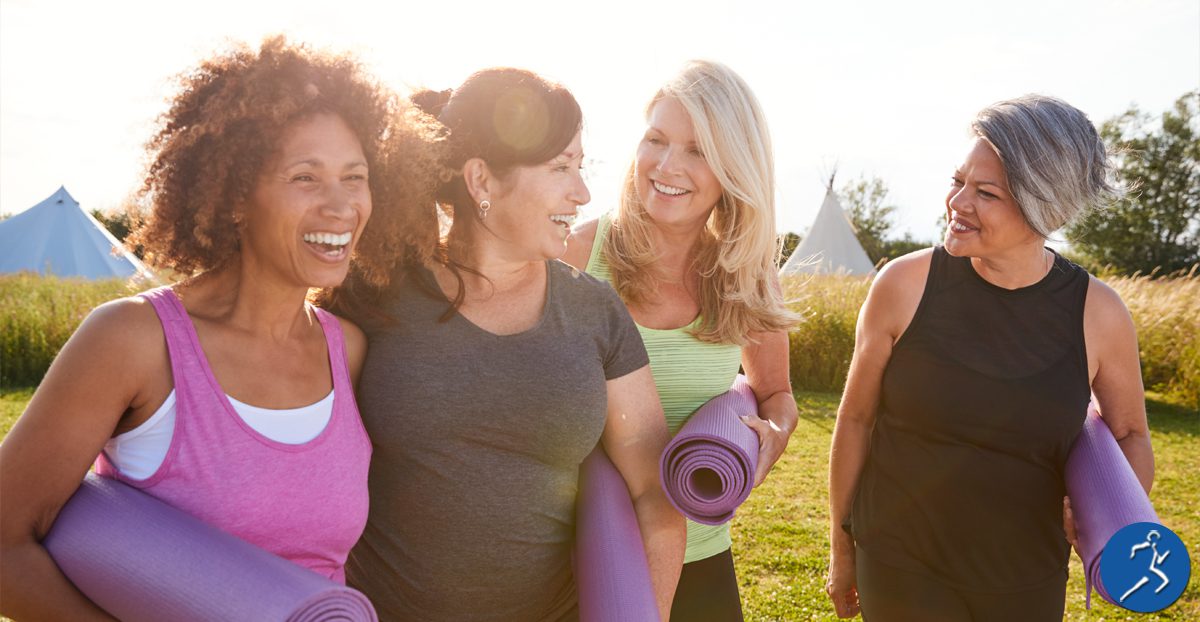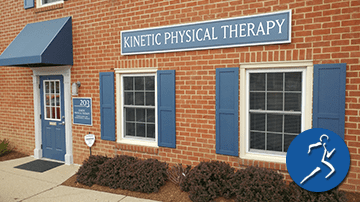
Recreational sports offer a great balance of movement, social interaction, and fun. Staying active in your 50s and beyond is one of the best ways to support long-term health. The physical and mental benefits are undeniable, whether you’re picking up a sport for the first time or returning after a break.
However, activity also brings some risk for minor injuries, especially when the body is not properly prepared. That’s where good habits like warming up, stretching, and recovering come in. And when soreness becomes more serious, physical therapy can help you get back on track.
Popular Recreational Sports for Adults Over 50
Many adults in their 50s, 60s, and beyond are rediscovering sports or trying new ones. These activities are popular for a reason. They combine fitness with fun and are adaptable for different fitness levels.
- Pickleball has quickly become a favorite. It is low-impact, easy to learn, and great for coordination and balance.
- Golf remains a classic. It keeps people moving and provides the perfect setting for socializing and fresh air.
- Tennis and racquetball are excellent for cardiovascular health and agility. Players appreciate the quick bursts of movement and full-body engagement.
- Softball leagues offer a nostalgic return to team sports. They build camaraderie and give participants a reason to stay active.
- Cycling is perfect for those looking to protect their joints. It’s gentle on the knees and ideal for improving heart health.
- Walking clubs, hiking groups, and yoga classes are great additions to any fitness routine. They are low-pressure but still deliver physical and mental benefits.
Common Minor Injuries
Middle-aged adults often push themselves hard in sports they enjoy. While that enthusiasm is great, it also increases the risk of injury. Many of these minor injuries can be managed with the right care.
- Muscle strains often occur in the hamstrings, calves, or back. They result from sudden movement without proper preparation.
- Tendonitis shows up in the elbow, shoulder, or Achilles. Repetitive motions or improper form are usually to blame.
- Knee pain can be triggered by twisting, squatting, or overuse.
- Shoulder strain may come from overhead movements in sports like tennis or swimming.
- Ankle sprains are common when agility and quick changes in direction are involved.
- Lower back pain is another frequent issue, especially in sports that involve rotation or lifting.
While these injuries are often not serious, they can linger if ignored. Soreness that doesn’t fade or swelling that persists may require professional care.
When Physical Therapy Is Needed
Not every ache or pain calls for therapy, but some injuries need a closer look. Knowing when to seek help can greatly affect recovery time and long-term function.
Physical therapy is recommended if:
- Pain lasts more than a few days
- Range of motion becomes limited
- Swelling doesn’t respond to rest or ice
- Weakness or instability develops
- An old injury begins to resurface
A physical therapist evaluates the injury, identifies the root cause, and builds a plan to restore strength and mobility. They also guide patients on how to prevent the issue from returning. Often, simple adjustments in technique or posture can make a lasting difference.
The Importance of Warming Up
A proper warm-up is one of the most important ways to prevent injury. It signals to your body that it’s time to move. Blood flow increases, joints loosen, and muscles prepare for action.
Start with light cardio like walking, cycling, or slow jogging. After three to five minutes, transition to dynamic stretching. This includes leg swings, arm circles, shoulder rolls, and torso rotations. These movements improve flexibility and activate the muscles needed for your sport.
Never skip the warm-up, even if the activity feels low impact. A few extra minutes of preparation can prevent weeks of recovery.
Stretching and Flexibility
While warming up prepares the body for movement, stretching helps it return to a relaxed state. Stretching also improves flexibility, which reduces the chance of muscle tears.
After your workout or game, perform static stretches. Hold each position for 20 to 30 seconds. Focus on areas that felt tight during the activity. Target the hamstrings, calves, shoulders, and hips. Breathing deeply during stretches can help calm the nervous system and aid recovery.
Stretching consistently between workout days helps maintain flexibility. It supports joint health and reduces overall stiffness.
Managing Recovery and Inflammation
Recovery is just as important as the workout itself. It allows muscles to rebuild and keeps the body from breaking down. Without proper recovery, even minor soreness can develop into something more serious.
Hydration and nutrition both support muscle repair. Staying active with low-impact movement on rest days promotes circulation and healing.
Inflammation is a natural part of recovery. However, if it becomes persistent, it may need extra attention.
Look for signs like:
- Swelling or redness in the same area over several days
- Joint stiffness that worsens with movement
- Lingering soreness or heat at the injury site
Use the RICE method for minor inflammation: rest, ice, compression, and elevation. If inflammation doesn’t improve, or returns regularly, seek guidance from a physical therapist. They can identify underlying causes and help you recover fully.
Staying Active Safely with Recreational Sports
Staying active in middle age and beyond with recreational sports is one of the best investments you can make in your health. It boosts cardiovascular fitness, strengthens muscles, and improves mental health. It also keeps you engaged in the community and connected to others.
To stay active safely:
- Choose activities you enjoy and can stick with long-term
- Make time for warm-ups and stretching
- Listen to your body and take rest when needed
- Use proper footwear and equipment
- Practice good form and don’t rush movements
Regular strength training and balance work can also support injury prevention. These exercises protect joints and help improve coordination on and off the field.
Keeping You in Motion
Recreational sports are an excellent way for adults over 50 to stay healthy, connected, and active. The benefits are clear whether it’s tennis, swimming, pickleball, or hiking. Staying safe requires good preparation, proper form, and respect for recovery time.
Minor injuries are a normal part of an active lifestyle, but they don’t have to slow you down. Most discomfort can be avoided or quickly managed with stretching, warm-ups, and proper care. And when soreness becomes more serious, physical therapy can help you recover fully and get back to doing what you love.
We realize that you have a lot of options when it comes to choosing where you receive physical therapy treatment. Remember, you can see the same therapist for every appointment at Kinetic Physical Therapy.


